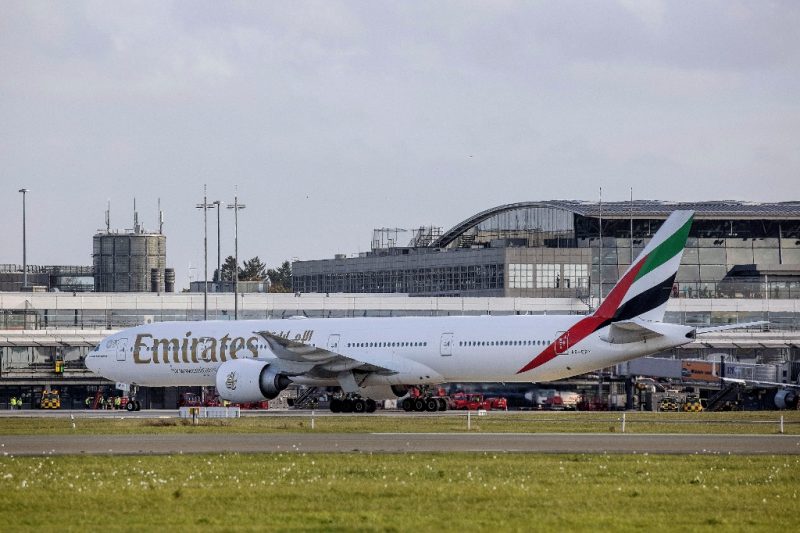The Emirates Group posted a revenue decline to $ 2020 billion in the first half of fiscal 21/3,7. Income was 74 percent below the previous year's figure. The bottom line is a loss of $ 3,8 billion.
The airline had a 75 percent reduction in revenue, which is reported at 3,2 billion US dollars. The service subsidiary Dnata recorded a decrease of 67 percent to 644 million US dollars. The loss is $ 396 million.
“We started the current financial year in the midst of a global lockdown when passenger traffic literally came to a standstill. In this unprecedented situation for the aviation and travel industries, the Emirates Group posted a half-year loss for the first time in over 30 years, ”said Chairman Ahmed bin Saeed Al Maktoum. “With passenger traffic at a standstill, Emirates and dnata have quickly adapted to meet freight demand and other potential returns. This has helped us bring revenue back from zero to 26 percent last year. We were able to fall back on our own strong liquidity reserves. Through our shareholders and the expanded financial sector, we continue to ensure that we have access to sufficient funding to keep the business going and guide us through this challenging time. In the first half of fiscal 2020-21, our shareholder raised US $ XNUMX billion in a capital investment to Emirates and will support us on our recovery path ”.
As of September 30, 2020, the number of employees in the Emirates Group was 81.334, which is a significant 31 percent reduction compared to March 2020, 24. This is consistent with the company's anticipated capacity and business activity in the foreseeable future, as well as the general industry outlook.
The total capacity fell in the first half of the year by 67 percent to 9,8 billion available tonne kilometers (available tonne kilometers; ATKM). The reason for this was the significantly reduced flight program over the past few months, including the eight-week suspension of passenger flights at Dubai International Airport. The capacity of available seat kilometers (ASKM) fell by 91 percent, the passenger traffic measured in revenue passenger kilometers (RPKM) by 96 percent. The average seat load factor fell to 38,6 percent compared to 81,1 percent in the previous year. Emirates carried a total of 1 million passengers between April 30 and September 2020, 1,5. This corresponds to a decrease of 95 percent compared to the same period of the previous year. The freight volume of 0,8 million tons has decreased by 35 percent, while the yield has increased significantly by 106 percent. The result reflects the extraordinary market situation for air freight during the COVID-19 crisis, in which drastically reduced passenger flights resulted in limited available capacity, even though air freight demand has risen sharply.
Emirates was able to move 65 percent of its cargo volume compared to the same period last year, demonstrating the cargo division's agility in adapting its operations to providing freighter services in this new environment. Within a very short space of time, Emirates SkyCargo has partially converted ten of its Boeing 777-300ER passenger jets so that freight can also be transported on the main deck.







 trail (for them it's free to use)
trail (for them it's free to use)